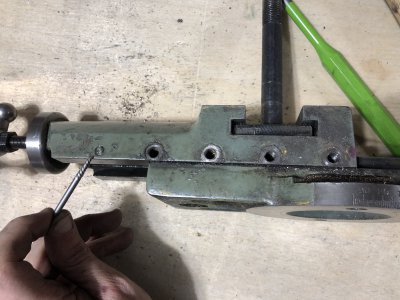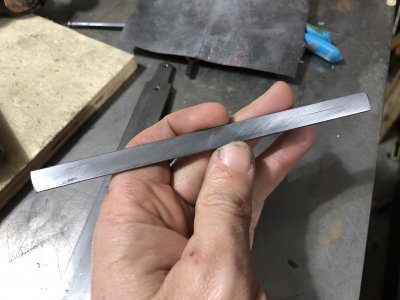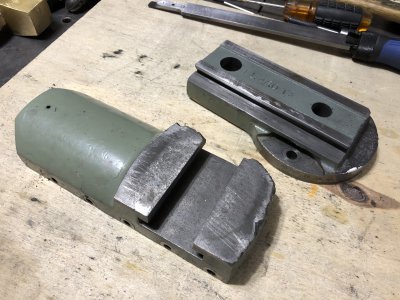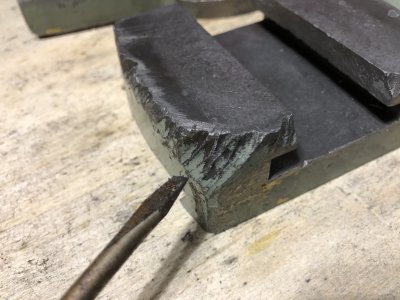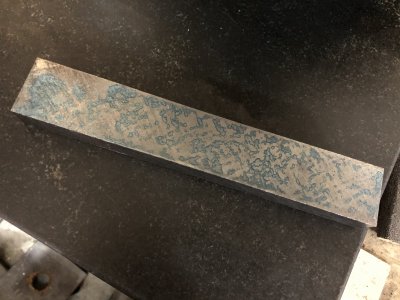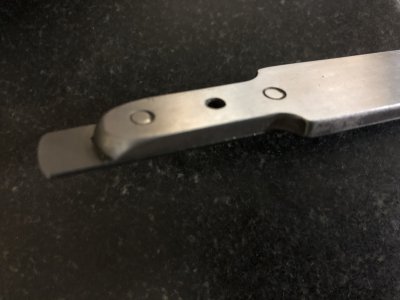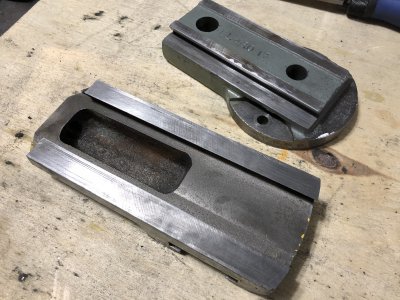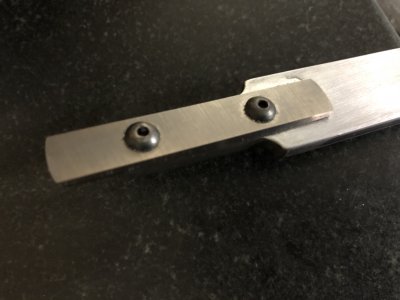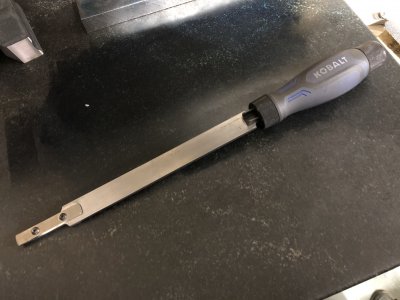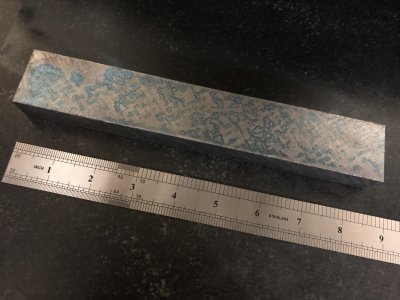Back gear accomplishments.
I needed a way to hone out the back gear bushings about a thousandth or so because were a bit underside after pressing them in.
I decided to use a 2” brake cylinder hone. Went nice and easy, made sure to take off the same about evenly. This worked very well, ended up with maybe a tenth or so runout.
The spindle itself had a lot of damage from the old bushings running dry. After I opened up the bushings just so it could slide over the spindle, I noticed that the damaged spindle journal left some scratches on the bushing surfaces. There were clearly some raised up sections here. So I decided to make a cylinder lap, to ensure that the journal surface is smooth and flat, without any raised up burrs. I used some coarse, then switched to fine lapping compound, and this very cleanly removed almost all the damage on the journal. I kept continuously monitoring how much material I was removing. The lapping process itself removed about 5 tenths. Then I switched to 400 and 800 grit wet dry paper, used WD40 to keep the sanding clean. Then left the journal reasonably well polished.
Right now, I’ve got about 0.0015 oil clearance between the bushing and journal. Not sure, but I think this is about right.
I’m thinking about using a Dremel and adding some oil pockets.
In this video, I meant to say 1-2 TEN Thousands, LOL, not thousands if front runout.
Here’s a quick video. I’m putting together an edited, bit more pro video.
